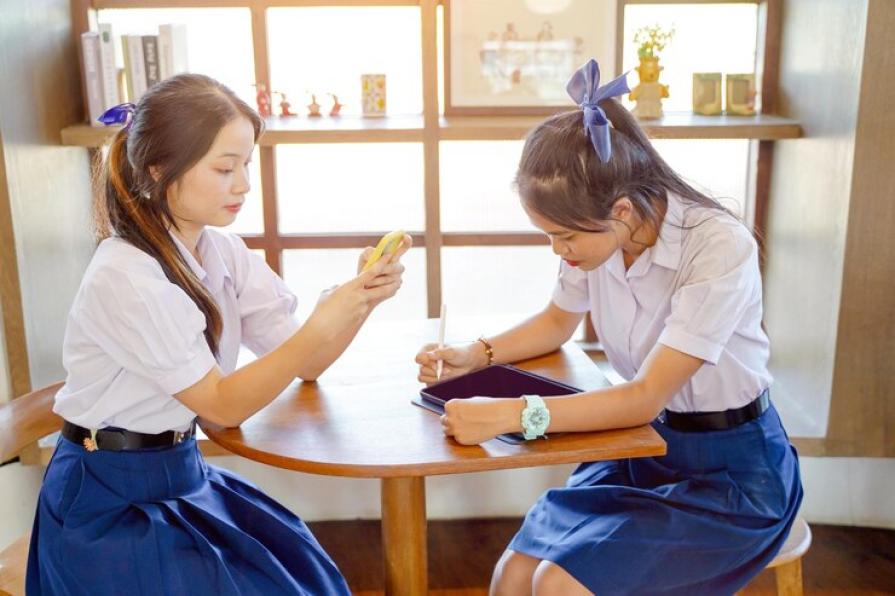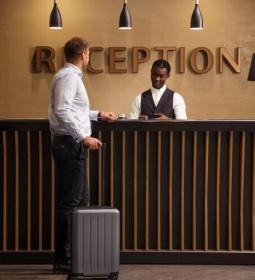Not only is Asian culture alien to Europeans, but many are also surprised by the education system in Japan, especially by the way schools are organized. What is so unusual about them?
Studying at school is paid
For all the years of study, parents give about $ 40,000 (data for the 2020s). This does not take into account school uniforms and special orthopedic backpacks, which all students (except high school students) are required to wear. The cost of the backpack starts from $200, but the child's back will be fine.
An unusual education system
Schoolchildren study for 12 years, but their school year begins not in September, but in April, and ends in March.

In primary school, study lasts 6 years, in middle and high school they study for 3 years. Their holidays length: in summer only six weeks, and in winter - two weeks.
Schools are taught in two shifts. Everyone is completely calm about this, because education for the Japanese is a very important part of life. Students stay at school for a long time after school and do homework together, read in the library.
They don't have canteens
No, they don't know what a school pizza and coffee drink are! They bring all the food with them from home, and they eat right at the desks in the classroom, they say, it is unhygienic. For younger pupils, school cooks sometimes cook food. In each class, a duty officer is chosen who responsibly brings a tray of food to everyone: the student puts on a hat and a bathrobe, cleans his hands and distributes lunch to his classmates.
The Japanese have no problems with hygiene: they wipe each table with napkins, throw out the garbage and wash their hands.
Students clean the school themselves
This is also one of the reasons why schoolchildren do not litter - because they clean everything themselves: they break into pairs, divide the plots among themselves and clean. Not only do they dust the cabinets and water the flowers, but they also wash the floors, toilets and sweep the area near the school! No one can refuse, because those responsible for the big break must clean everything before the start of the lesson.

Many of us studied in the same schools, where we were also on duty in the canteen and classrooms. The toilets were not washed, but it was necessary to wipe the windows and tear the gum off the desks.
Change boxes
On the streets of Japan, you can't see a student who thoughtfully walks after school and kicks a bag with a change of shoes, because in schools there are special boxes where everyone puts their shift, and when they come from the street, they change into them. On Friday, everyone takes their shoes with them to wash. Since Japan is a safe country, no one will steal or take someone else's, so schoolchildren are not afraid to leave their sneakers and boots in open drawers.
Japanese schoolchildren play many instruments
In Japan, it is believed that all children have a talent for making music, so they are taken to piano lessons from kindergarten. Then music is taught at school starting from the first grade. There is no strict selection that would reveal the presence or absence of hearing, everyone just plays the instruments. The most common is the piano.
Soroban – to understand mathematics
Young Japanese are taught mental arithmetic from an early age. To make it easier to learn, they use soroban: these are Japanese abacus, thanks to which children develop phenomenal mathematical abilities, children can solve complex problems in their minds already in the third grade.
By the way, this device is still used in America and other European countries.
Children reach school on their own

Parents do not drive their children directly to the door of the school, almost all students get there on their own. Children are taught the rules of the road in kindergarten, so they know from an early age when they can cross the road. They consolidate their knowledge in the first grade, at the beginning of the school year, with the whole class: the policeman once again explains to them how important it is to know the rules of the road.
In addition, children are given panama hats and backpack covers in bright yellow so that drivers can see schoolchildren from afar and stop. Each student knows his exact route from home to school and back, they strictly follow it every day. On the way, they meet those on duty - usually pensioners, who help children cross the road and tell them where to go if the child gets lost (although this almost never happens).
Students are not allowed to be late for lessons
Each delay is recorded in the journal, if there are three entries, then the student is punished. Of course, this generally affects academic performance, because in their diplomas, too, like us, there is a column "behavior" that can spoil the reputation of a student. This is how the Japanese are taught to be punctual from an early age.
Strict rules regarding the appearance of students

Every school has a dress code that everyone is required to follow. In addition to the mandatory school uniform, you cannot pierce your ears, apply bright makeup and manicure, and wear jewelry. In different schools, the rules differ: somewhere you can't dye your hair, wear heels, and so on.
The strictest rules relate to the appearance of students. Their school uniform consists of a skirt and a jacket – well, they are not allowed to wear tights! It is believed that in this way they are tempered. Only in the very cold can students wear them, so the girls save themselves with special heated insoles to somehow warm up on the way to school.










